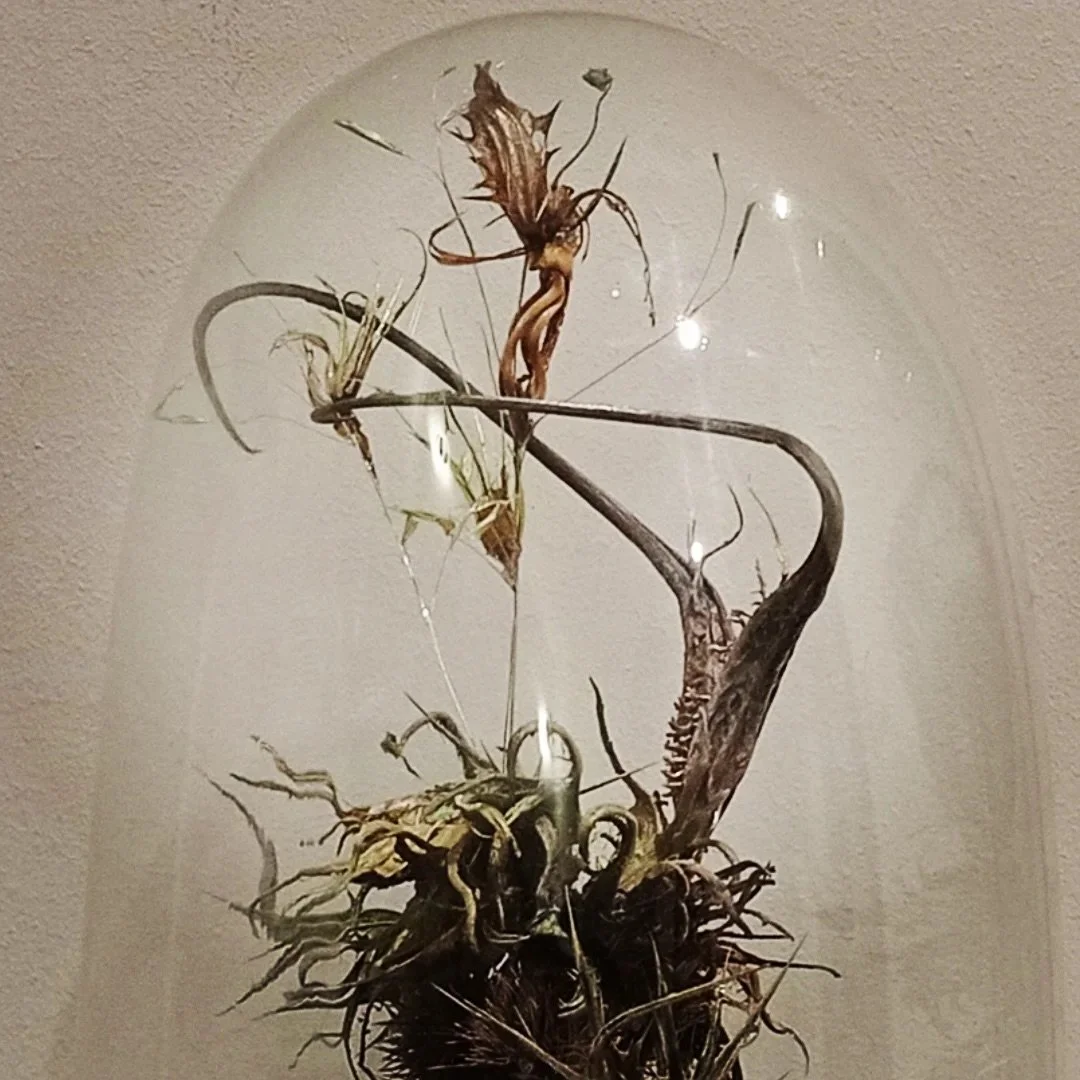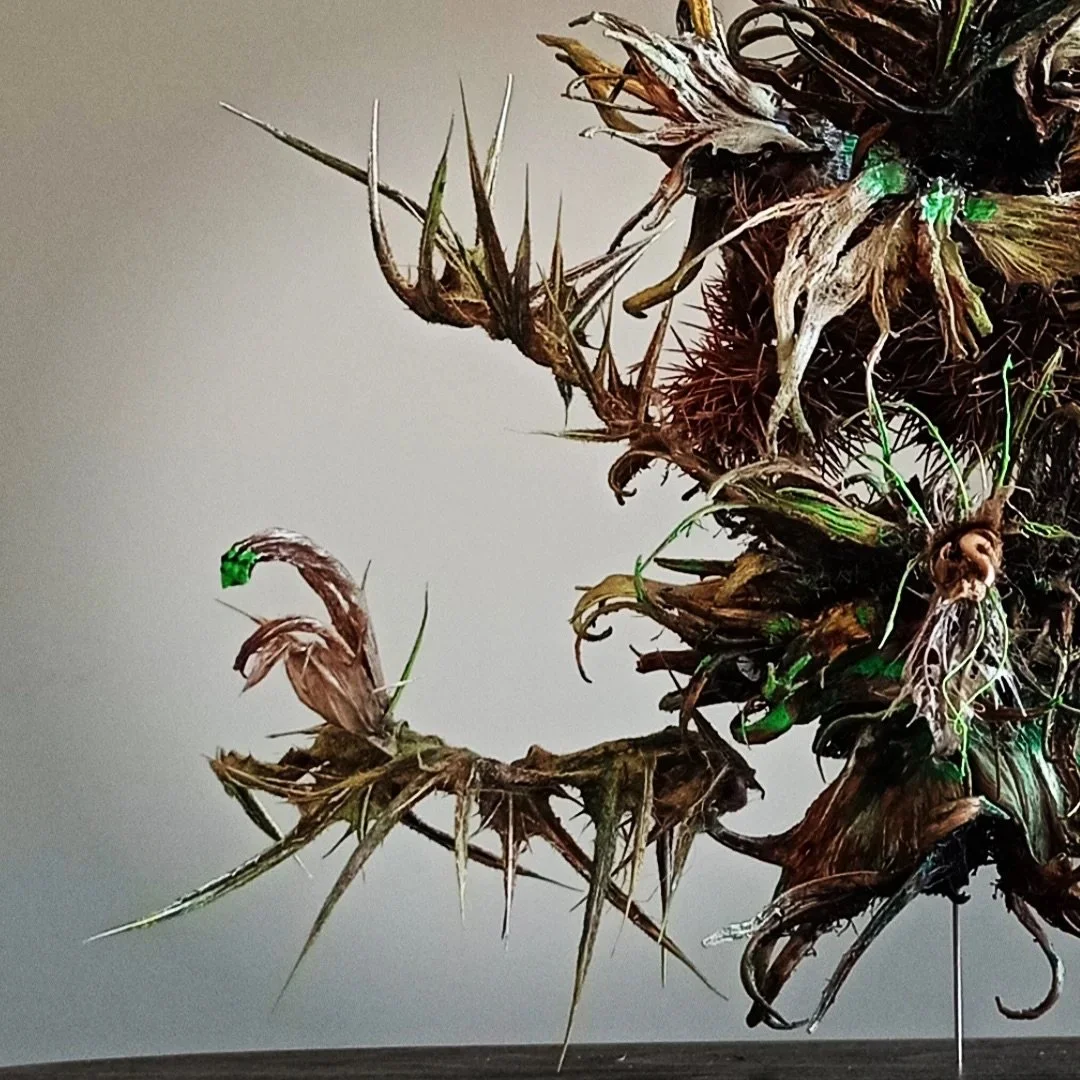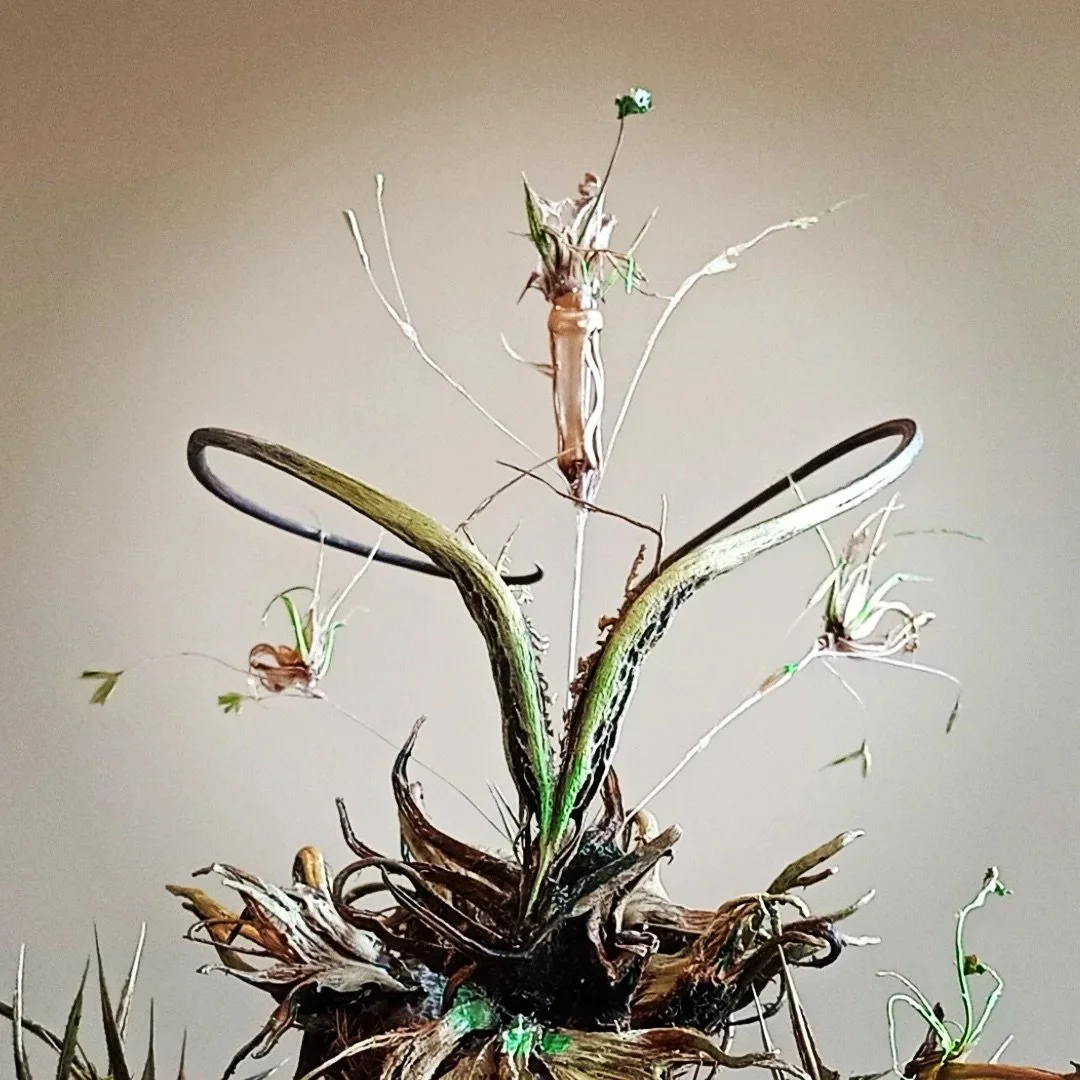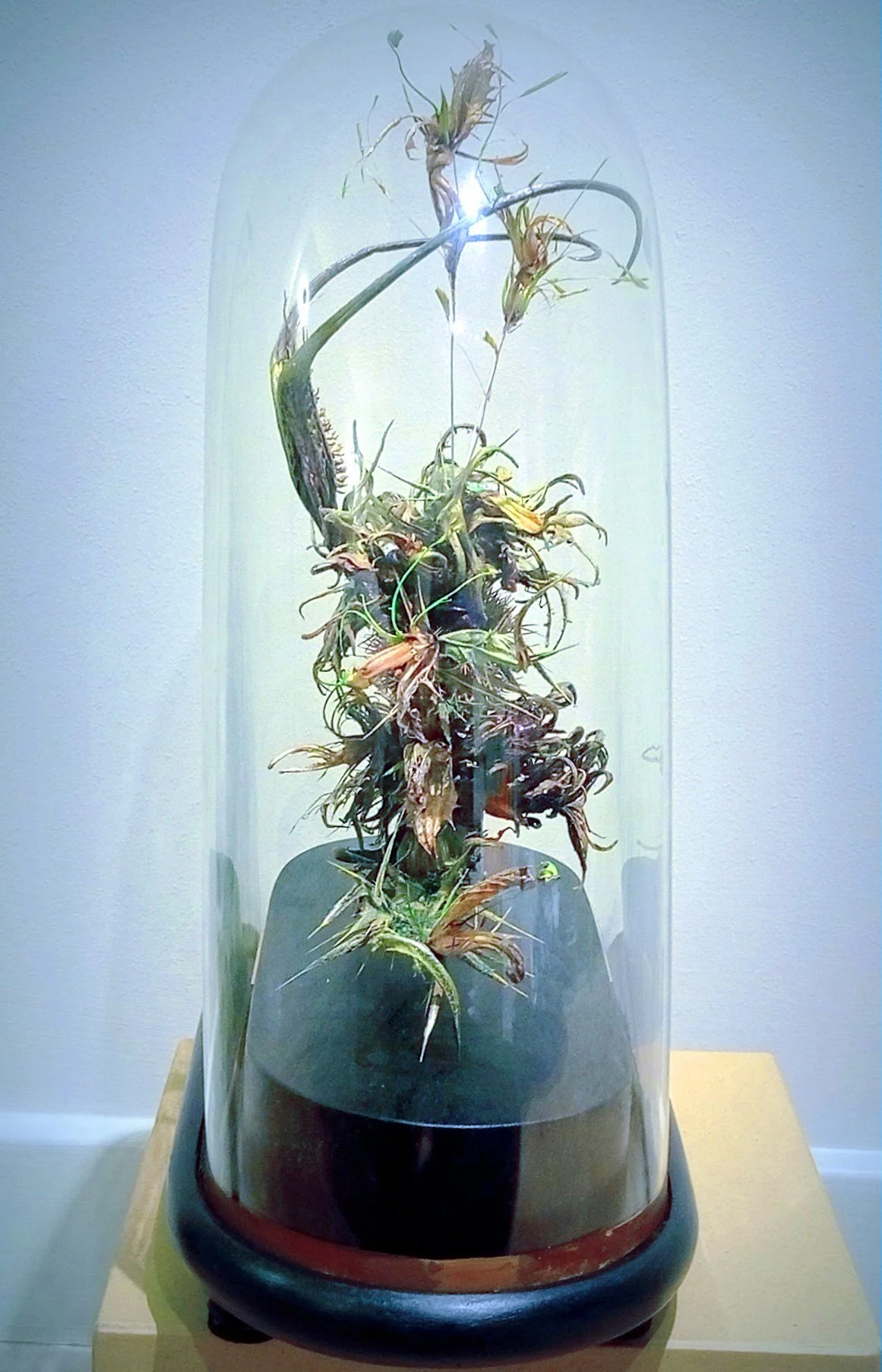Common Name: Ubiquitous Bob
Scientific Name: Chlorobiota quanta
Specimen Length: Unknown
Specimen Sex: Asexual
First Described: AD 2089
Description and Habitat: Chlorobiota quanta are marine anaerobic photoautotrophs, bacteria that utilize light energy from photosynthesis for their own metabolism, but rather than relying on oxygen for the process, use reduced sulphur to fix carbon dioxide from the surrounding aquatic environment. Most fecund in extreme locations where light intensity drops to only a few hundred photons per second per bacteria, Ubiquitous Bob are usually found around deep water hot-springs across the world. As has been well documented, there have been great changes in sea water composition over the last two centuries, due primarily to pollutants, climatic turbulence and within the last hundred years, emissions from submarine cables carrying high-voltage electrical currents and the many-varied types of cyber communication networks. Causing the electromagnetic field at the seabed’s surface to change dramatically, this not only affects electro-sensitive marine species, such as sharks and eels, but scientists are starting to find evidence it has been causing other organisms to evolve in interesting and extraordinary ways too.
Living in colonies known as microbial mats, C. quanta are made up of light-harvesting antenna complexes called chlorosomes, which are large groupings of approximately 500,000 bacterio-chlorophyll molecules. During the process of capturing electromagnetic waves, crystals of concentrated energy are created, which then travel through a protein baseplate attached to the chlorosome, and thenon to its reaction centre, where it is used to power chemical reactions. Although C. quanta have vacuoles that can fill or release gas to help them go up or down the water column, Ubiquitous Bob are not generally considered movers in the classic sense; however unrelated experiments of quantum connectivity by Regulatory Communication Vessels in the China Ocean, revealed unexpected fields of quantized particulate light matter and the accidental discovery that this matter was not only related to Chlorobiota quanta, but was an integral part of Chlorobiota quanta and how they move’: they have evolved organic surface plasmon polaritons (a type of surface wave developed in their chlorophyll during photosynthesis) which display organic matter and quantized light coupling. Part-matter, part-photon, C. quanta have evolved into a fully-fledged quantum entity, exhibiting entanglement between the bacteria itself and electromagnetic quasi-particles via strong coupling with light.
In its animated state, Ubiquitous Bob is considered as a large cloud of probabilities over a whole range of all possible networks.
This particular C. quanta cell specimen was found on the Mid-Atlantic Ridge hydrothermal vents near New York City; it is currently in a tun state, caught in a moment of desiccated demise when animation has been halted, allowing them to survive the possibly extremes and mysterious conditions of outer-dimensional spaces.
Reproduction: C. quanta reproduces by asexual binary fission, whereby each cell duplicates its DNA, then splits into two identical cells. As far as scientists know, this only occurs when in its physical bacterial state, not its quantum expression.
Life Span: Estimated up to 50 years.






